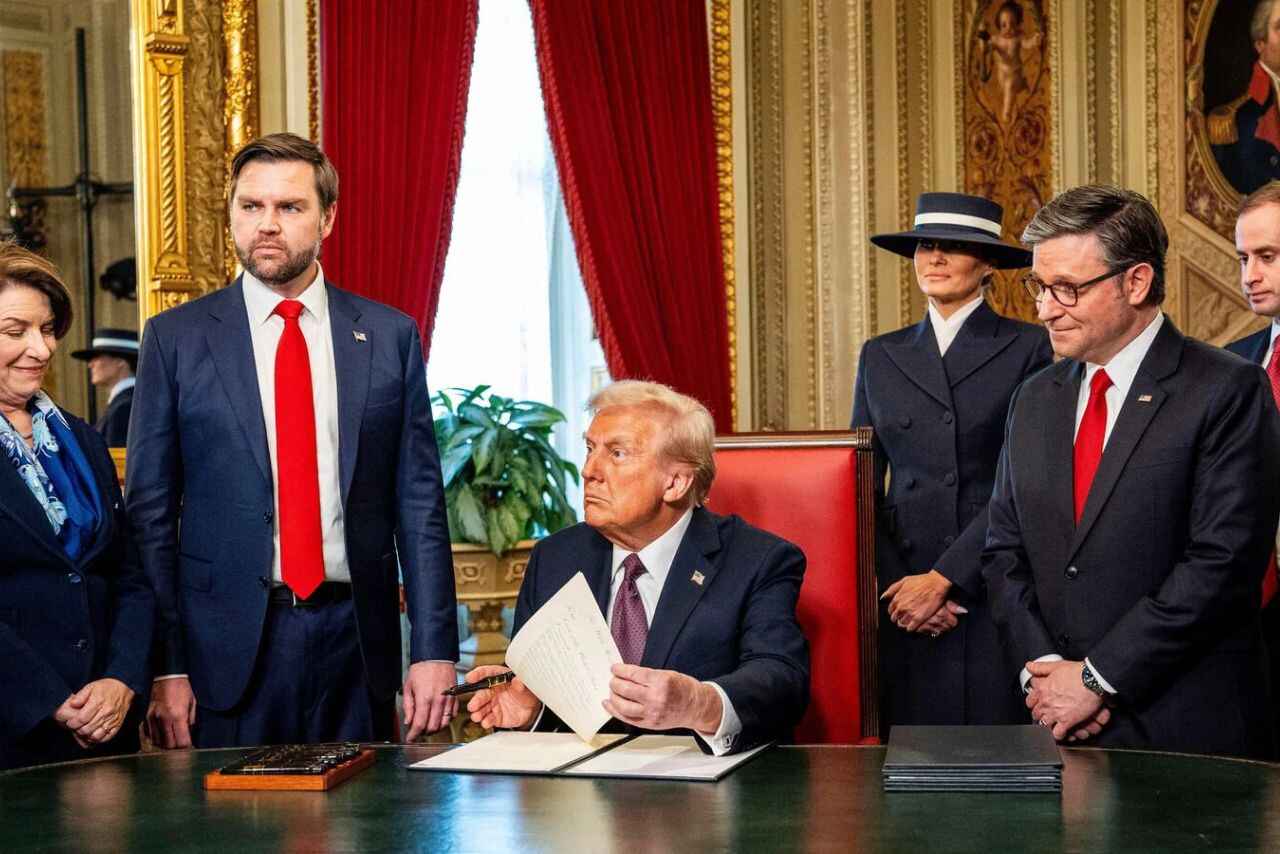President Donald Trump will host a landmark crypto roundtable at the White House on March 7, signalling a pivotal shift in federal digital asset policy. The Crypto and AI Czar David Sacks and Bo Hines, director of the digital assets working group, will spearhead discussions.
Industry titans, including CEOs, founders, and investors, are slated to attend, according to a Friday press release. The summit follows Trump’s pledge to foster innovation and counter restrictive policies from prior administrations.
Critically, the event underscores Trump’s push to anchor crypto development within U.S. borders. “Financial assets are destined to become digital,” Sacks declared earlier this month. His remarks align with the administration’s goal to craft a clear regulatory framework, balancing innovation with economic liberty.
SEC Retreats as Legal Pressures Ease
The summit announcement caps a week of regulatory wins for crypto. Notably, the SEC dropped cases against Coinbase, Gemini, and Tron Foundation, easing industry tensions. Additionally, federal judges approved motions to halt investigations into Ethereum incubators ConsenSys and Gemini. These reversals mark a stark departure from earlier enforcement trends, emboldening market optimism.
“President Trump’s vision heralds a new era for digital finance,” the White House stated. Observers speculate the administration may soon unveil guidelines for token classification and custody standards. However, questions linger about federal plans to expand crypto reserves.
States Mobilise Billions for Bitcoin Reserves
While Trump’s team eyes federal strategy, states aggressively pursue their own crypto reserves. As of March 2025, 20 states have proposed bills to allocate portions of Treasury funds to Bitcoin. Investment firm VanEck estimates these efforts could collectively amass 247,000 BTC ($23.7 billion). Texas leads with Senate Bill 21, which earmarks 10% of its $23.8 billion rainy-day fund for crypto, which could potentially acquire 26,900 BTC.
Similarly, Ohio and North Carolina aim to channel $350 million and $475 million, respectively, into Bitcoin reserves. Such moves rely on legislative approvals, contrasting with federal reliance on seizures. Already, the U.S. holds 200,000 BTC ($17.7 billion) from asset forfeitures.
How Trump Plans to Build a Federal Crypto Reserve
The White House hasn’t detailed federal reserve plans, but experts speculate Trump could leverage executive orders or expand seizure protocols. Currently, the Treasury’s Strategic Crypto Reserve includes assets confiscated from criminal cases. To rival state initiatives, the administration might increase BTC purchases or incentivise corporate donations.
Moreover, Trump’s working group may propose tax incentives for crypto-native businesses, further retaining industry growth domestically. “Value creation must happen here, not abroad,” Sacks emphasised. Such policies could complement state efforts, creating a unified front for U.S. crypto dominance.
Federal vs. State Initiatives
States face budget constraints, yet their decentralised approach could accelerate U.S. crypto adoption faster than federal action. For instance, Texas and Florida’s large economies enable multi-billion-dollar BTC acquisitions, while smaller states like Wyoming contribute incrementally. Trump’s team holds broader tools, including regulatory overhauls and international partnerships.
Analysts warn mass state-level BTC purchases might spike prices, complicating acquisition targets. Nevertheless, bipartisan support grows, with 10 states nearing final votes on reserve bills. If successful, these efforts could inject $5-$10 billion into Bitcoin by 2026, rivalling federal holdings.
A Coordinated Surge in U.S. Crypto Ambitions
Trump’s summit crystallises a federal pivot toward crypto innovation, while states carve parallel paths with bold reserve proposals. Together, these initiatives could position the U.S. as a global digital asset leader, outpacing rivals like China and the EU.
However, success hinges on regulatory clarity, market stability, and bipartisan cooperation. As March 7 approaches, industry leaders await transformative policy cues and the next chapter in America’s crypto revolution.
Written By Fazal Ul Vahab C H



